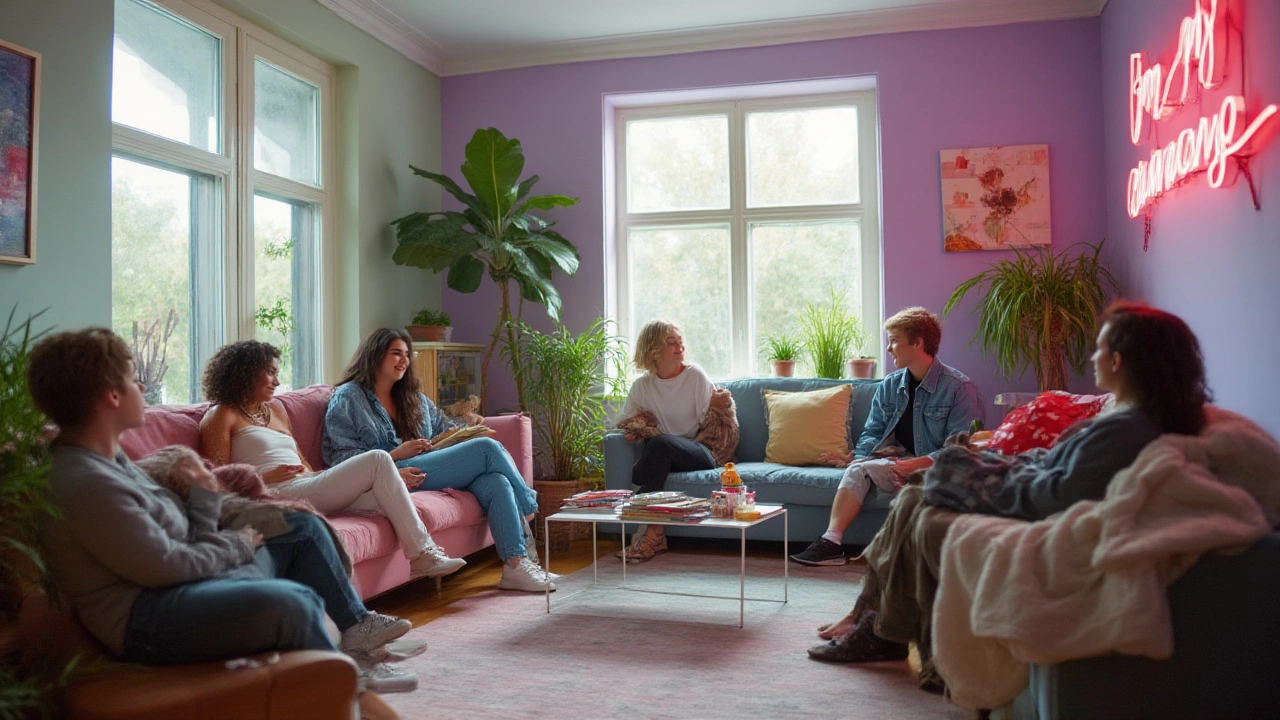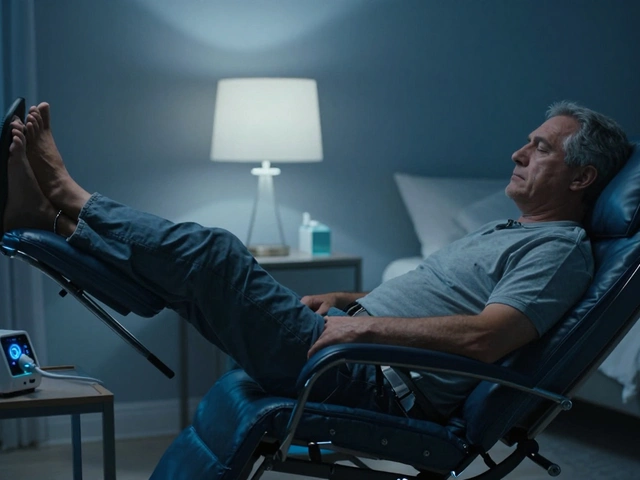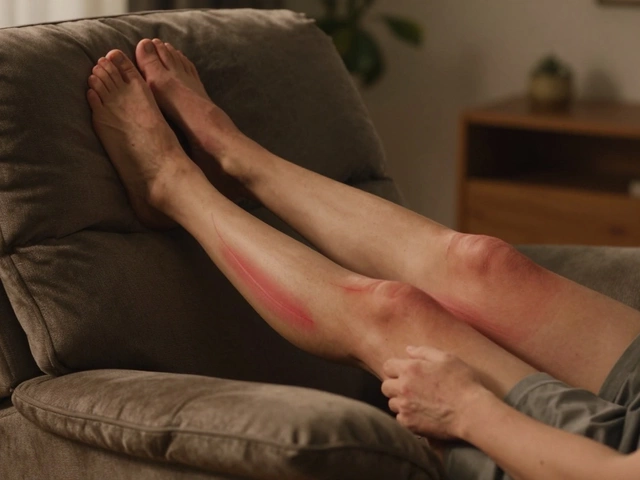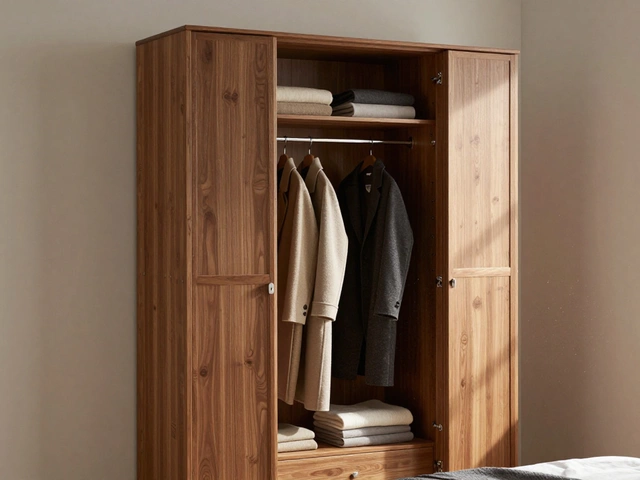Try scrolling through TikTok or Instagram for more than five minutes without spotting it—the color that keeps cropping up in Gen Z’s wardrobe choices, phone cases, sneaker collections, and even their bedroom walls. It’s not an accident. Gen Z didn’t tumble into their favorite color by chance. It’s the product of seismic shifts in culture, internet aesthetics, and what today’s 18- to 27-year-olds actually crave from their surroundings. Want to know what color Gen Z truly loves? It's a lot more telling about their mindset than you’d think—and yes, it’s probably already snuck into your feed, your home, or even your closet.
How Gen Z’s Color Taste Was Born: A Rainbow of Influences
Let me get right to the point: Gen Z is obsessed with green. Not just any green, but specifically a shade known casually as “sage green.” It’s subtle but fresh, calm but not boring. Sure, other colors get their moment—lavender, millennial pink’s little cousin, bursts of sunny yellow—but if you look at the hard data from Pantone’s color trend report, the sales numbers from major retailers like Urban Outfitters and H&M, and #sagegreen’s 900 million+ TikTok views, it’s clear which color rules the Gen Z palette.
But what’s fueling this? For starters, Gen Z grew up bathed in the soft glow of Pinterest-perfect bedroom setups and spent their adolescence through lockdowns, making their surroundings matter more than ever. Unlike Millennials, who gravitated toward bold neons or Instagrammable pastels like Millennial Pink, Gen Z is moving away from everything feeling so “digital.” They want a bit of nature back—and sage green is a shortcut to outdoorsy calm, even if you live in a cramped city apartment.
Color psychology studies from the University of Georgia in 2023 noted that greens—especially muted, plant-inspired greens—reduce screen fatigue and create an atmosphere of growth, safety, and adaptability. That might sound a little technical, but think about it: after years of staring at blue-lit screens, green is a refresh button for the eyes and the mind.
This taste isn’t just about looks. Gen Z is well aware of climate change and sustainability. Sage green’s earthy tone lines up perfectly with the rise of thrifted clothes, eco-friendly design, and the general love for “bringing the outside in.” But does every Gen Zer worship at the altar of sage? Not quite. A 2024 survey by YouGov spanning 2,000 Gen Z respondents in the U.S. and U.K. found their most-liked single color for clothing and decor was green, with 38% choosing it, followed by blue at 22%, purple with 18%, and pink or yellow trailing behind.
Take a glance at this quick table that sums up color trends from real Gen Z-focused studies:
| Color | Percent Choosing It | Common Use |
|---|---|---|
| Sage Green | 38% | Home decor, fashion, digital design |
| Pastel Blue | 22% | Tech, room accents, styled hair |
| Purple/Lavender | 18% | Nail art, lighting, accessories |
| Soft Pink | 13% | Phone cases, clothes, bedding |
| Yellow | 9% | Artwork, backpacks, mood boards |
So, sure—Gen Z is open-minded and experimental, but the winner’s clear. There’s a deeper connection here with how they see the world. As Leatrice Eiseman, Executive Director of the Pantone Color Institute, put it in The New York Times last year:
“Green is no longer just a trend—it's almost a generational signature. Gen Z wants their environments to foster calm and creativity, and sage green delivers that with chameleon-like versatility.”
This goes way beyond something as shallow as picking out socks. Color shapes how Gen Z unwinds, finds inspiration, combats anxiety, and curates both their digital and real-world vibes.
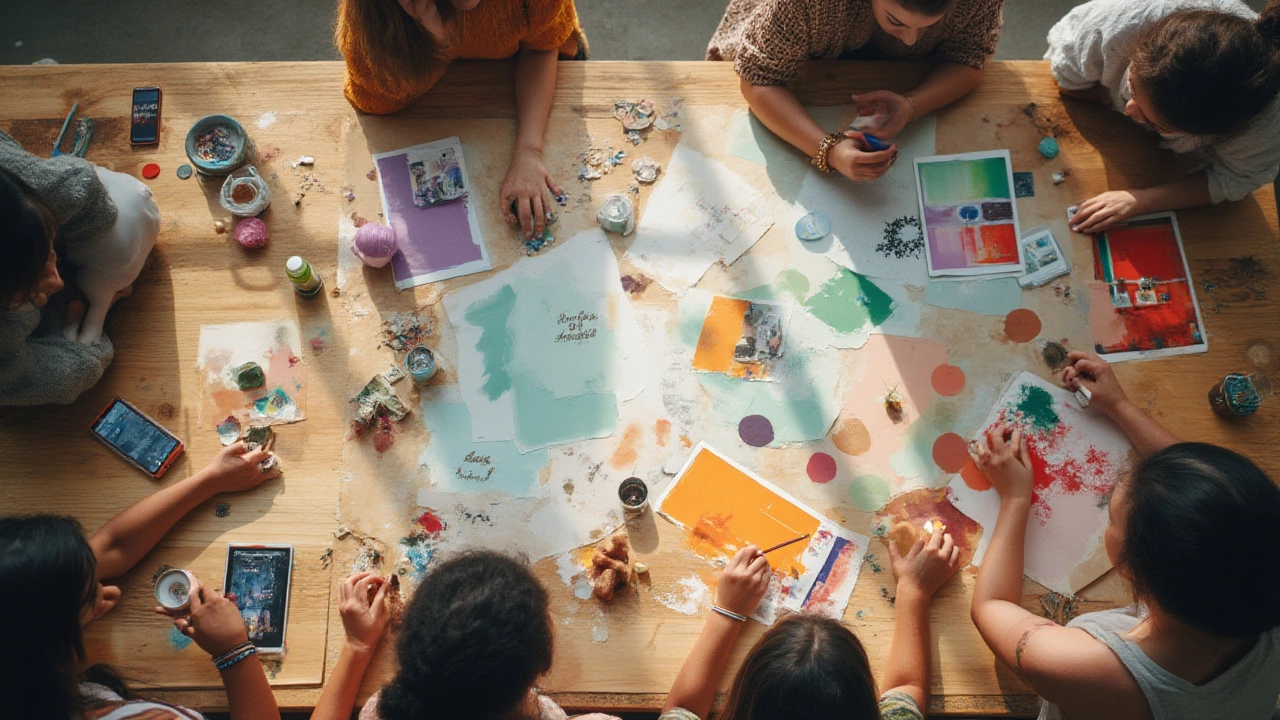
More Than Just a Color: What Sage Green Says About Gen Z
If you’ve ever wondered why certain colors seem to “fit” different generations, it isn’t all hype courtesy of influencers. There are surprisingly deep cultural and psychological patterns at play. For Gen Z, sage green bursts ahead not because it’s the only pretty color around, but because it’s almost medicine for the era they grew up in—social, stressed-out, and sometimes eco-anxious.
Sage green bridges the gap between looking put-together and feeling grounded. On one hand, it looks sophisticated enough for dorm rooms and first apartments; on the other, it’s calming and totally non-flashy. If you’re the kind of person who’s spent time in a Gen Z-heavy coffee shop, dorm, or office lately, you’ve probably noticed throw blankets, plant pots, and even laptop covers in subtle green tones. It’s like a secret handshake for people who’d rather relax than perform.
That’s not an accident. Harvard’s 2023 “Color & Mood” study found people surrounded by green—especially gentle, matte hues—reported less anxiety and an easier time focusing. That’s why libraries and trendy co-working spaces keep adding leafy murals and sage furniture.
There’s also an economic twist. Because many Gen Zers are budget-conscious (thanks, student debt), sage green works on everything. It looks lush against both cheap IKEA furniture and thrifted vintage finds. The color’s muted quality helps even clashing items feel curated. TikTokers with millions of followers regularly show off entire rooms transformed for under $100 just by adding some sage touches—paint, pillow covers, and faux plants.
This isn’t just guesswork or clever lighting. When big brands like Apple, Target, and Nike all debut new product lines in sage green within the same 18-month window (as they did from early 2023 to mid-2024), you know it’s not a fleeting trend. Apple introduced the iPhone 15 in ‘Green’, which shot up in sales among Gen Z buyers, and Nike’s sage sneakers consistently sold out. People even waited in lines for sage-green Stanley cups! There’s proof that this color isn’t quietly fading out, but getting woven into everything Gen Z touches.
Here are some concrete ways sage green pops up in Gen Z life, both big and small:
- Bedroom walls painted in Behr’s “Soft Sage” or Sherwin-Williams’ “Clary Sage.”
- Stationery, planners, phone grips and AirPods cases in pastel or sage green.
- Fashion – think Uniqlo’s and Zara’s constant rollout of sage hoodies, sweats, and sneakers.
- “Cottagecore” and “Plant Mom” aesthetics—plants everywhere, and green as the linchpin color.
- Reusable water bottles, lunch boxes, and backpacks in the same grounding hue.
- Even digital spaces: Discord, Slack, and Notion themes with soft green overlays for stress-free scrolling.
But maybe the biggest point here is this: sage green channels both optimism (nature, renewal, hope) and comfort (safety, chill, focus). Ask anyone in Gen Z and they’ll say they crave those more than the performative perfection their older siblings chased post-2010. The color signals “I care, but I don’t have to shout.”
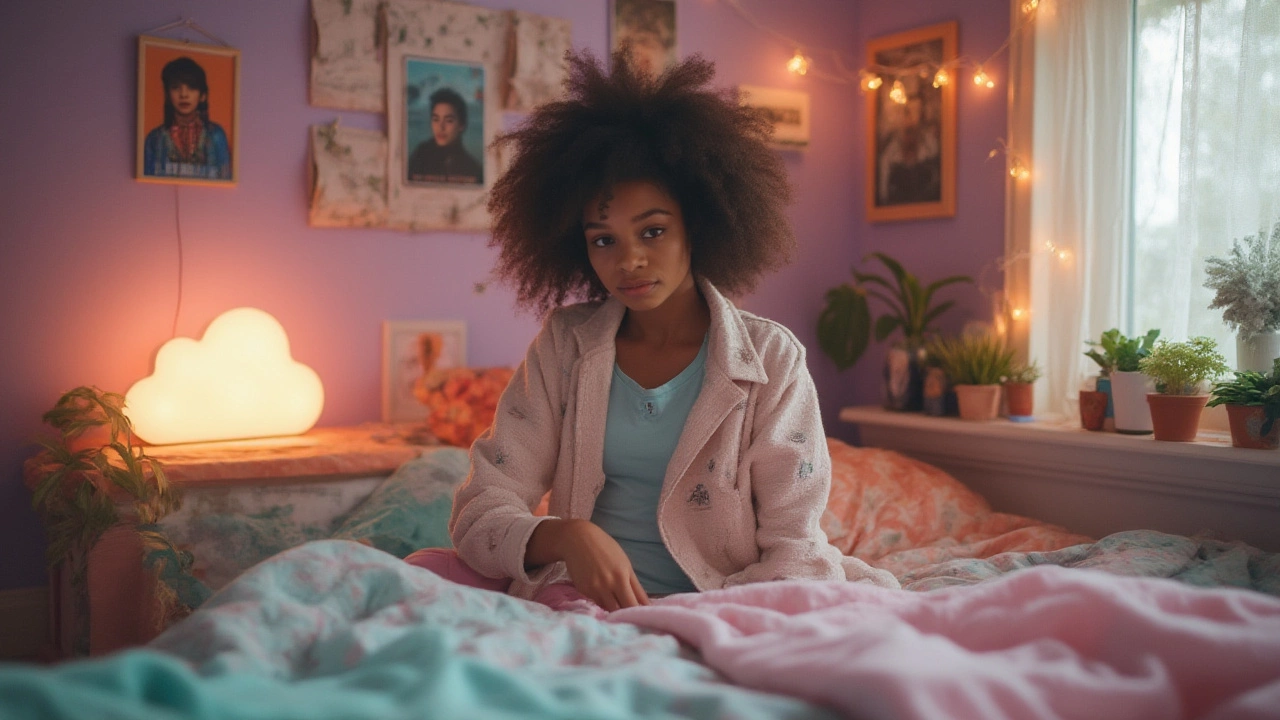
Tips for Using Gen Z’s Favorite Color In Real Life
Obviously, sage green is everywhere for a reason. But if you’re actually looking to work this color into your space, your look, or your digital feed, it pays to do more than just buy something green at random. Here are a bunch of actually effective, non-cringe ideas for getting the vibe right.
- Start small: Swap in a pillow, water bottle, or phone case in sage green before doing anything drastic. The color is chill and tends to play well with both dark and light shades, so it won’t clash.
- Go natural: Can’t paint a wall? Try adding potted plants—real or faux—in green ceramic pots. Layer earthy, muted greens to get a soft depth rather than a forced look.
- Mix with neutrals: Sage green isn’t loud, but it does love company. Cream, soft beige, tan, or even terracotta all make this shade pop (and look cozy). Think throws, rugs, or lampshades alongside green accents.
- Rethink tech: Use sage green backgrounds or themes on your devices, especially if you spend long hours in front of screens. As color research points out, this reduces perceived stress over time—tiny hack, big impact.
- DIY for cheap: Gen Z is nothing if not thrifty. Hit up second-hand shops, get a can of sage-finish spray paint, and update whatever you find—a lamp, a chair, even a mirror frame. The goal: as little landfill waste as possible.
- Fashion it up: If you’re not into home decor, just bring sage green into hats, sneakers, sweatshirts, or even socks. It’s gender-neutral, so anyone can pull it off and make it their own.
- Accentuate don’t overpower: Don’t throw six shades together and hope for the best. One or two key pieces in sage will steer the vibe without making your space look like a pea soup explosion.
- Art and accents: Add sage touches through geometric or minimalist wall art, DIY painted plant pots, or prints with leafy motifs. These little touches add a lot of personality for not much cash.
- Keep it personal: Use sage green as a jumping-off point. Combine it with other favorite colors—maybe a pastel yellow or soft blue—so your style doesn’t feel like a TikTok copy-paste.
Here’s the wild thing—if you visit college dorms across the US or even look up top-rated room tours on YouTube, you’ll see variations and personalizations of sage everywhere. It’s a cohesive way for a creative generation to look in sync while doing things their way—no small feat in a world overflowing with copycat trends.
There’s real psychology to it, too: Marketers have jumped on sage partly because it appeals to Gen Z’s craving for spaces that feel safe, restorative, and unique to them. Stores that feature sage product displays find more engagement—whether it’s Ikea’s ever-popular shelving or Target’s bedding lines. The impact is measurable: according to a 2024 HomeGoods market study, products in sage green sold 24% faster to Gen Z shoppers versus identical models in blue or black.
The weirdest thing? Green in general used to be considered “too earthy” or “too dull” for trends. Now it’s leading everything from urban fashion to gaming setups, proving Gen Z’s taste isn’t about flash—it’s about making wherever they are feel like home. If you want your own little slice of serenity, you know exactly where to start.

